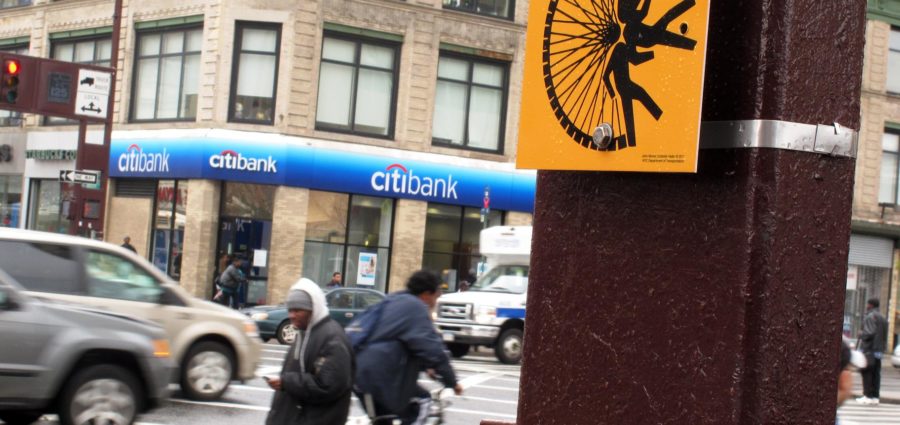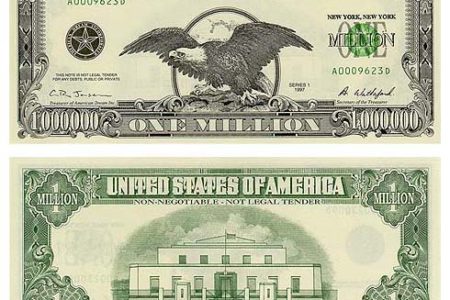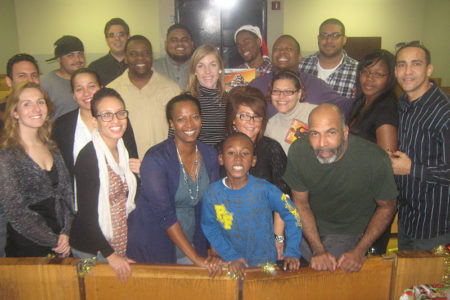Pedestrians will soon discover more poetry than usual on New York’s streets.
Two-hundred traffic signs will use haiku poems and creative images to offer messages of safety at street corners.
The three-line, 17-syllable poems are meant to breed good habits of drivers and pedestrians at street crossings. They encourage people not to step into traffic or drive aggressively. The city calls its campaign Curbside Haiku.
The poems are the latest in a line of safety programs rolled out by the transportation department. Last year, “You the Man” ads on 100,000 drink coasters urged drinkers to find designated drivers.
The signs will be mounted at busy, dangerous locations. In the Bronx, they’ll be posted at the Bronx Zoo and New York Botanical Garden, the hub, and along Grand Concourse near the Bronx Museum of the Arts.
Ten of the haikus are in English and two are in Spanish; they’re all are printed on 8-inch metal squares. About half of the signs contain the lines of poetry. A QR code is printed on the rest, allowing pedestrians to use smartphones to access the haiku.
When users snap an image of the code, the poem appears as a message.
One reads: “Too averse to risk/To chance the lottery, yet/Steps into traffic.” Its image resembles the ubiquitous “Walk” symbol of a walking person’s silhouette. But it has a twist: The pedestrian’s head is a die.
“The signs are aimed at distracted pedestrians, cyclists and drivers; to encourage them to share the street,” said the transportation commissioner, Janette Sadik-Khan, at a press conference Tuesday in Harlem.
New York is a deadlier-than-average place to be a pedestrian. Half of all people killed in traffic accidents are on foot. Nationwide, they amount to less than one-sixth of traffic deaths.
Accidents killed about 750 pedestrians in New York between 2005 and 2009, according to figures released last year by the transportation department.
It is becoming safer, though. Fatalities from traffic are the lowest in 100 years in New York. The number of pedestrians who die because of accidents with cars fell by a third over the past decade, down from nearly 200 a year in 2001. And the average rate of traffic deaths in New York is four times less than it is nationwide.
Still, traffic is one of the highest causes of injury and death in New York overall, and the main cause of death in children who die from injuries.
Other images in the series riff off familiar traffic symbols like the head of a crash test dummy and the red hand that tells walkers not to cross.
The signs have already gone up in Manhattan and Brooklyn. The other three boroughs will have signs by early December, said a transportation official.
They are being placed in areas where museums and schools draw lots of pedestrians, and accidents between people and vehicles are common. Two-thirds of the city’s traffic deaths occur at intersections along big streets and avenues.
Two of the first signs are already installed at 125th Street and Adam Clayton Powell Jr. Boulevard. In the area near that intersection, 50 people were killed or badly hurt in traffic accidents yearly from 2006 to 2010, the commissioner said.
The Brooklyn and Staten Island museums, the Museum of Modern Art and the Hub section of the Bronx are among the locations where the poems will be posted.
Money from fines paid by drunk drivers covered the cost of the signs, the commissioner said. The total cost was $25,000.
The signs will stand for 10 months; after that, city officials will begin a new campaign. The agency’s focus on safety uses fast-changing campaigns they hope will make the streets safer. The department has a goal of halving traffic deaths by 2030, the commissioner said.
John Morse, an artist who installed signs on telephone poles in Atlanta last year, created the pictures and poems. The signs in Atlanta had messages like, “Read to your children.” Those signs were street art, not part of a city program, as in New York.
Nonetheless, they caught the eye of the commissioner, who asked Morse to develop safety signs in New York. He was paid $5,000 for his work.
Haiku poems traditionally make reference to a theme, using a word or phrase, called a “kigo.” In these poems, Morse said, it is safety.
The small size of the signs is meant to make them pop from the familiar landscape.
“You’re trying to reach people who are otherwise disengaged: the child, the teen, the businessman,” he said.
On Tuesday, Murray Allen waited for the traffic light to change before crossing 125th Street. He glanced at the unfamiliar new image next to the usual lighted crossing symbols.
“That sign just may save somebody’s life because they look before they leap,” Allen said. “Although minute, it will make a difference.”
Others didn’t agree.
“People will look at it, and glance away,” said Marcello Bonner, another pedestrian on Adam Clayton Powell Jr. Boulevard. He said he thought the signs were a waste of money.








